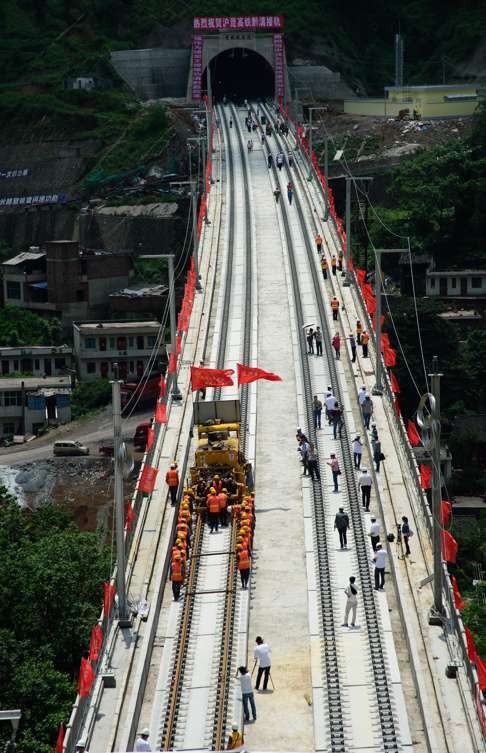
Public-private partnerships set to play bigger financing role as government bond issuance slows
Top economic planner’s latest round of PPP projects are worth 2.14 trillion yuan, focusing on promoting traditional infrastructure construction
As government bond issuance slows, public-private partnership (PPP) schemes are expected to carry the torch and play a bigger role in financing Chinese infrastructure to support flagging economic growth.
Given the country’s soaring real estate prices and continued depreciation of the yuan, there is now limited room for the country to regain economic momentum via monetary policy, so the focus will be on fiscal policy and infrastructure investment.
China’s government bond issuance slowed considerably in September, after climbing dramatically in the first half of the year.
Local government bond issuance declined to 273.4 billion yuan in September, a thumping 566 billion yuan less than the previous month, according to Wind Information, a leading provider of economic data on China.
In addition, the issuance of quasi-municipal bonds – usually issued by the financing vehicles of local governments – fell 62 billion yuan in September compared with August.
Given the sharp slowdowns, public-private projects and other new types of financing tool are now topped to play a bigger role in supporting infrastructure spending to boost economic growth, says Everbright Securities.
The PPP business model allows private companies to bid for and complete public schemes, mostly infrastructure, from local governments, allowing them to profit from their long-term operation.

China’s central government has been vigorously promoting the PPP model for the past two years, both to boost vital infrastructure investment but also shore up slowing economic growth with private capital while not adding pressure on already heavily-indebted local governments.
Last month, the National Development and Reform Commission (NDRC), China’s top economic planner released the list for a third round of PPP schemes worth 2.14 trillion yuan, focusing on promoting traditional infrastructure construction, covering 1,233 projects in seven major areas: energy, transportation, water conservancy, environmental protection, agriculture, forestry, and urban projects.
That followed two previous PPP project lists since May 2015. Of those, contracts worth a total investment of 1.4 trillion yuan had been signed by the end of August, according to the website of the Public-Private Partnerships Centre which operates under the finance ministry.
In addition, China’s central bank has also recently been provided more pledged supplementary lending (PSL) to selected banks.
Under PSL, the People’s Bank of China offers collateralised credit directly to financial institutions to extend on to industries or projects it specifies, with the aim of lowering their financing costs
PSL has increased by 844.4 billion yuan since the start of this year, bringing the total to 1.92 trillion yuan.
The fact that these newer types of financing vehicles are gaining momentum has cut the need for government bond issuance, according to Everbright Securities.
However, some are concerned about the relatively slow pace of implementation of PPP schemes.
In the first two batches of 232 projects, less than half have actually started, according to the website of the Public-Private Partnerships Centre.
“The success of PPP projects is highly dependent on the spirit of the contract and relevant legal framework,” said Liu Shangxi, the director of the Research Institute for Fiscal Science at the Ministry of Finance.
“The failure of previous PPP projects has mostly been down to the lack of a legal approach when disagreements happen between the government and companies.”
